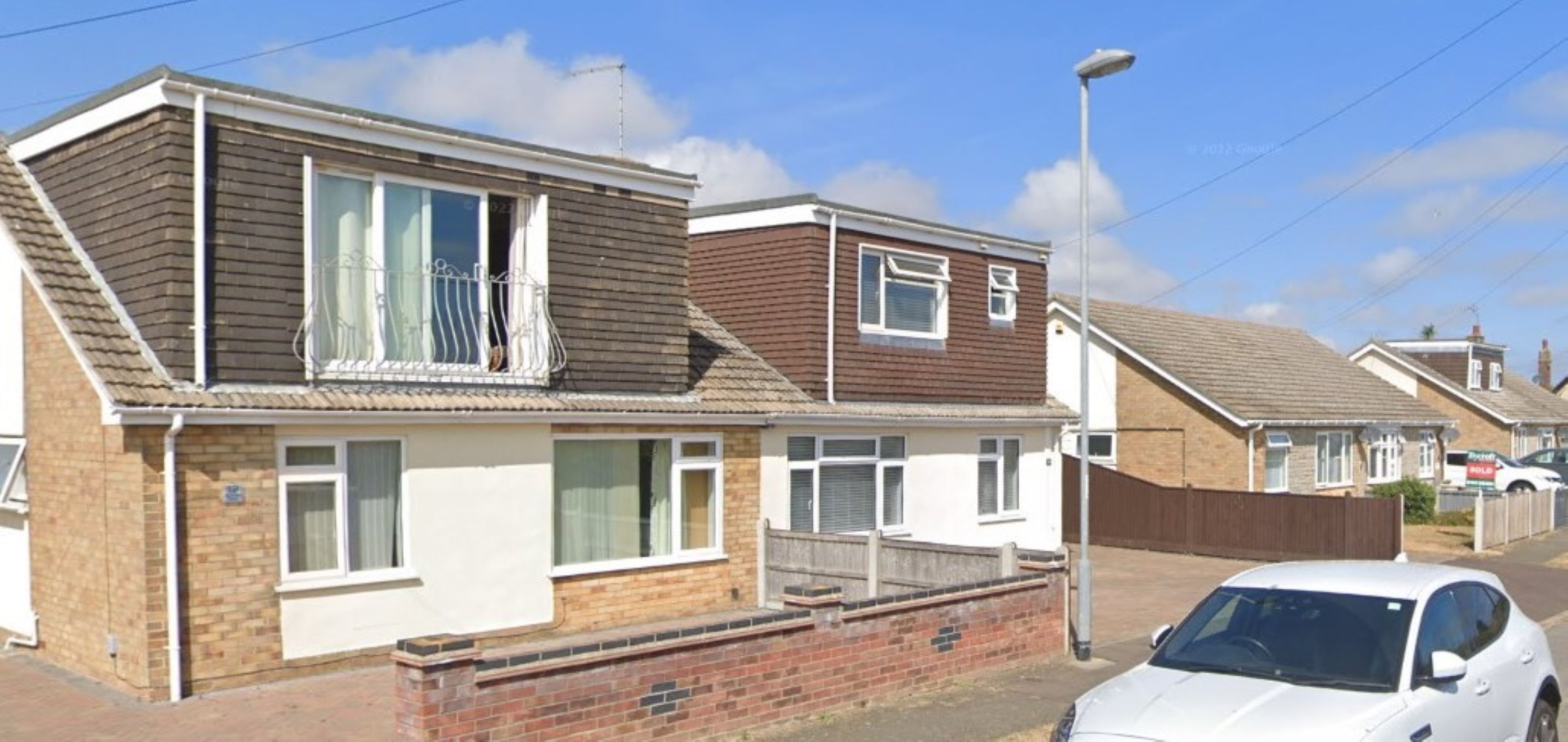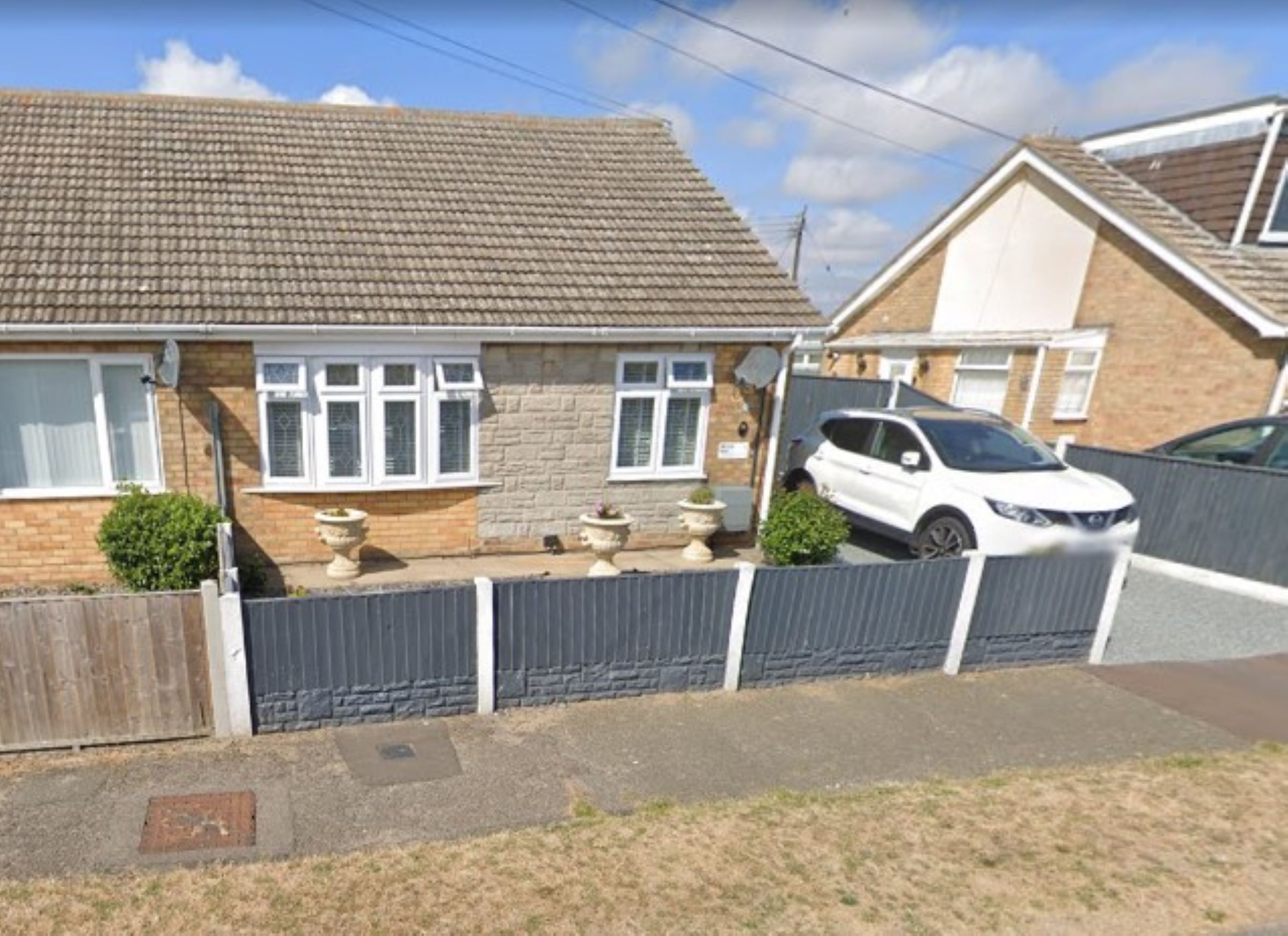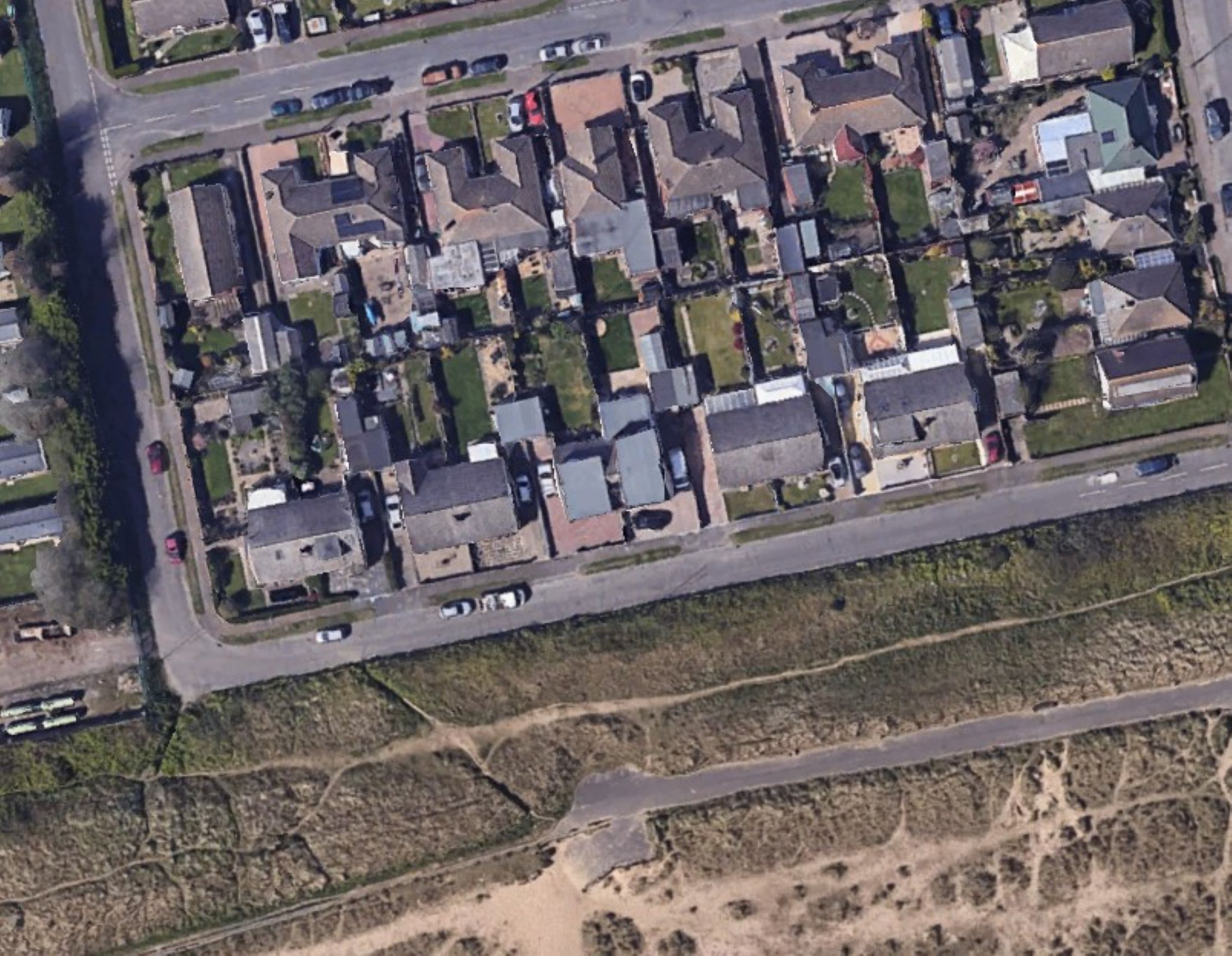Dormer loft conversion application stirs up discussion of 'interlopers' turning bungalows into houses
A homeowner's attempts to install a dormer loft conversion on a street with similar structures leads to objections from residents, with one claiming non-locals are taking away all the bungalows

Plans for a dormer loft conversion have sparked objections from local residents in a village claiming that "interlopers" are buying bungalows in order to turn them into houses.
Planning permission for a dormer loft conversion on a seaside property in Caister-on-Sea, Norfolk, was sought but was ultimately rejected by Great Yarmouth Borough Council after it was deemed to not be in keeping with the area.
However, an appeal was launched by the homeowner, Barbara Fruish, who stated that five of the 11 properties on the same street had dormer lofts and that the council were "influenced" by one councillor's comments highlighting local opposition to the proposals. These included complaints that the couple were not originally from the area.
What was the application for?
An application for planning was submitted for front and rear dormers to create rooms in the roof of the seaside property.
Planning was submitted by Barbara Fruish and her husband for a pitched roof with interlocking concrete tiles and the dormer roofs were to be flat construction 'warm roofs' with fibreglass capping.
Fibre cement wall cladding boards were also to be used for the walls as they are high quality, low maintenance and water resistant – key requirements for the home's coastal location.
The intention was also to improve the home's energy performance through insulation, materials, heating and double glazing.
Get the Homebuilding & Renovating Newsletter
Bring your dream home to life with expert advice, how to guides and design inspiration. Sign up for our newsletter and get two free tickets to a Homebuilding & Renovating Show near you.
Why was the application unsuccessful?

The application was rejected by Great Yarmouth Borough Council as it was claimed "the proposal" would affect "the character and appearance of the appeal building, the street scene and the wider area".
The planning documents stated: "I appreciate that the intention is to renovate the property, and to improve its energy performance through insulation, materials, heating and double glazing. However, such improvements could be accommodated without the need for a development of the scale and form proposed."
There were also four objections from neighbours, with some concerns over the loss of privacy. One neighbour stated: "We purposely purchased a bungalow as we did not want to be overlooked and value our privacy. Also we do not want to have our only view being restricted by the ugly monstrosity a dormer would create."
Another neighbour's objection added: "Please take in that interlopers are buying bungalows and turning them into houses. [They] are not local people, they are all from far away."
The council agreed a "generous rear dormer window" could be built under Permitted Development but planning permission was refused for a front dormer window.
'Interested parties influenced' the council's decision
Barbara Fruish appealed the decision from the council stating that multiple properties on the same road have been allowed dormer loft conversions and that the council were prejudiced due to one councillor's comments.
She stated in her appeal: "My argument is that the design and features are consistent with two neighbouring properties, one of which is next door to our house, and we have almost replicated the neighbour's design to fit in with the existing dwellings."
She stated that she disagreed with the council's judgement that the dormer loft designs would not enhance the local area as "we are on a road consisting of 11 properties, five out of 11 have front dormers. So this is not contrary to the buildings, street scene or immediate surroundings."
It was also highlighted that just two doors down one neighbour had installed a dormer that was nearly identical to their design less than six months ago.

It was also alleged that there were "interested parties on the planning portal, but one in particular regarding a comment made by Councillor Penny Carpenter and her interest in our planning application with her desire to 'not repeat the complaints generated' at [another property on the street]. I believe this has had an influence on the decision in a negative way."
Cllr Carpenter did comment on the application stating: "Can I please ask the following: The proposed extension – do any top floor windows look directly into neighbouring lounges or bedrooms please? There is currently a complaint regarding [another property on the street] and I would suggest that we would not want to repeat this at this particular location."
The council disregarded this claim and also rejected the argument about the other dormer loft conversions in the area, claiming that of the five mentioned one was granted permission in 2014, pre-dating the council's current planning policies and that the design Mrs Fruish proposed would give a "top heavy and almost flat-roofed appearance" that differed to the other dormer loft conversions on the street, and so the appeal was dismissed.

News Editor Joseph has previously written for Today’s Media and Chambers & Partners, focusing on news for conveyancers and industry professionals. Joseph has just started his own self build project, building his own home on his family’s farm with planning permission for a timber frame, three-bedroom house in a one-acre field. The foundation work has already begun and he hopes to have the home built in the next year. Prior to this he renovated his family's home as well as doing several DIY projects, including installing a shower, building sheds, and livestock fences and shelters for the farm’s animals. Outside of homebuilding, Joseph loves rugby and has written for Rugby World, the world’s largest rugby magazine.
